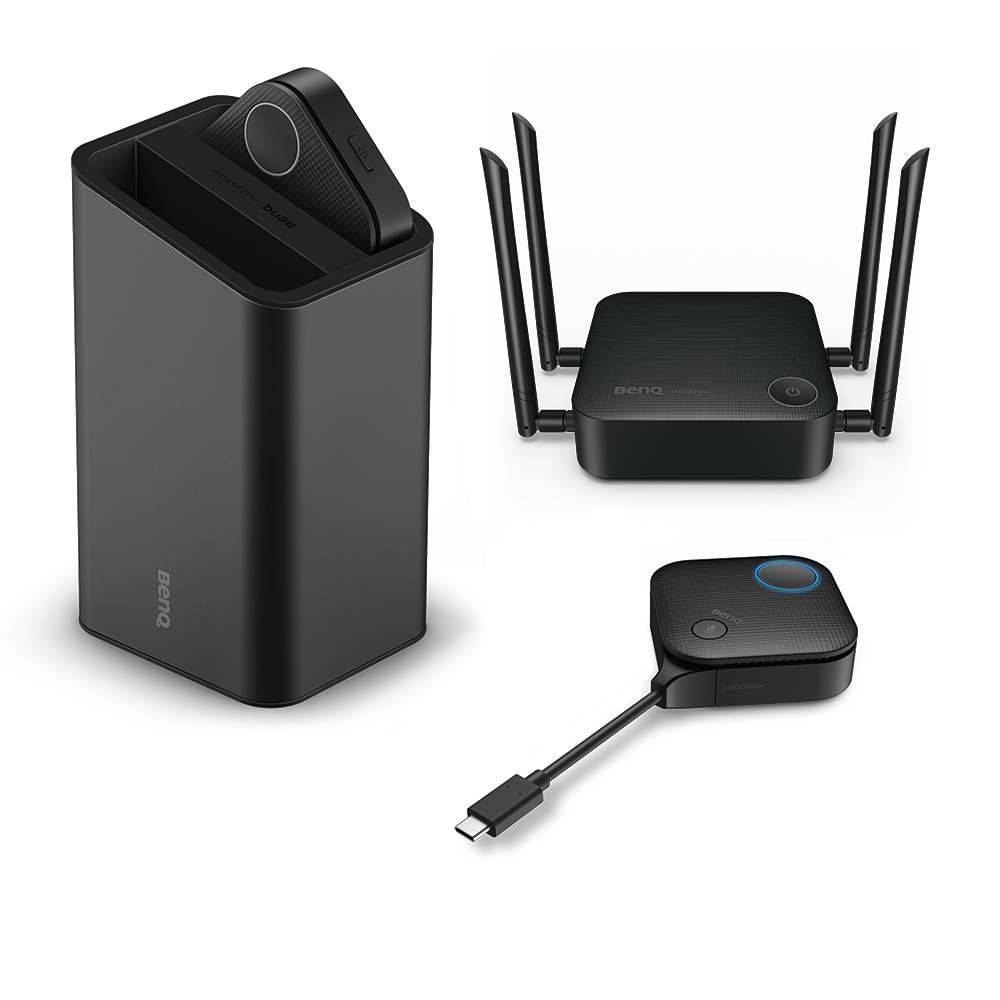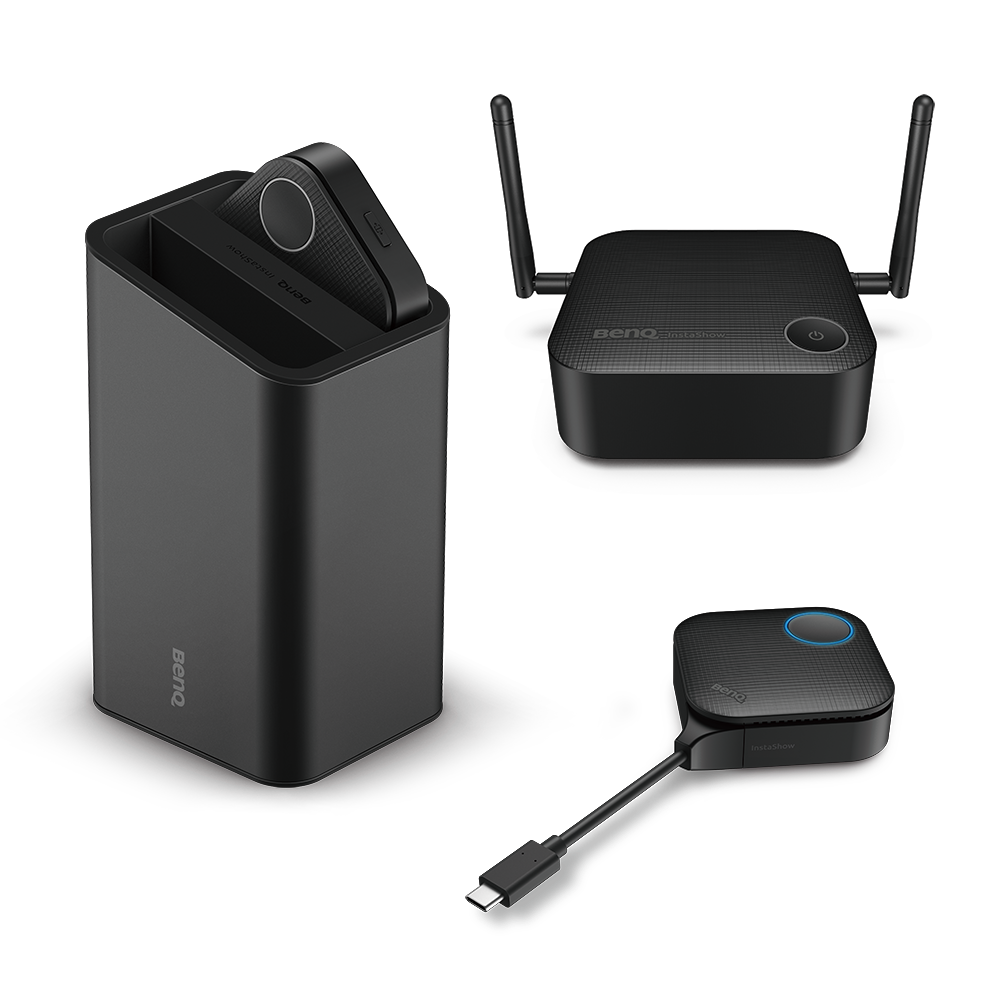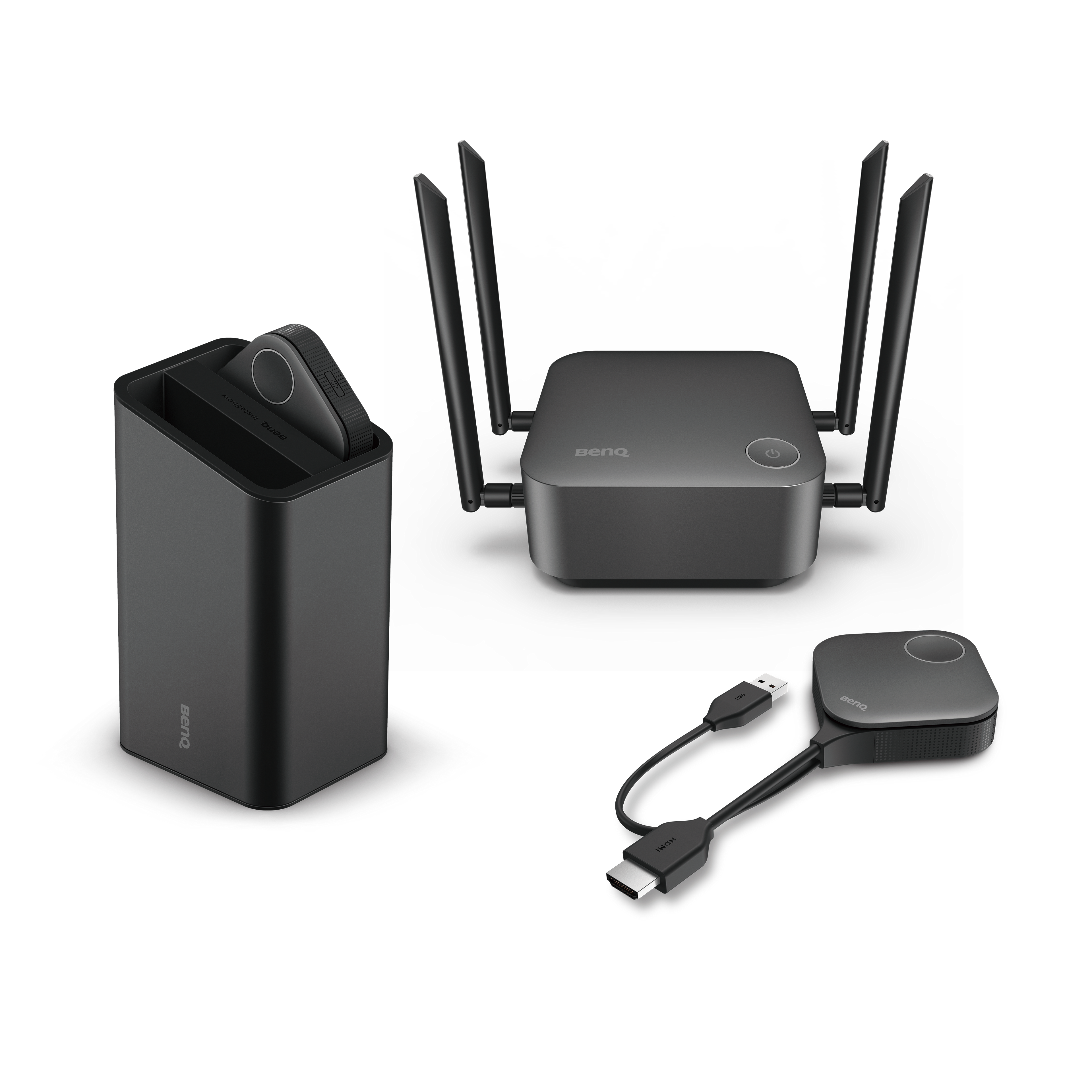5 Different Types of Meetings and How to Run Them
- BenQ
- 2025-04-30

In the modern business environment, meetings are essential tools for communication, collaboration, and decision-making. Understanding the purpose and structure of different meeting types can help organizations achieve their goals more effectively. Here are five main types of meetings and how to run them:
1. One-on-One Meetings:
Typically attended by two people, these meetings are suitable for small private offices. They offer opportunities for individual interaction, often used for feedback and guidance between managers and employees, helping build trust and personal development.
2. Stand-up Meetings:
Usually involving 5 to 10 people, these brief meetings are held in small open spaces. The standing format encourages efficient communication by quickly updating team members on progress and issues, avoiding lengthy discussions.
3. Client Meetings:
Attended by 2 to 10 people, these meetings are key moments for client communication, held in medium to small meeting rooms. They focus on discussing needs, showcasing products or services, and establishing long-term partnerships, requiring careful preparation to ensure success.
4. Board Meetings:
Typically attended by 10 to 20 people in formal meeting rooms, these meetings are crucial for high-level decision-making. They involve company strategy, financial reports, and major decisions, following a strict agenda.
5. Town Halls:
Involving up to hundreds of people, these meetings are held in large conference halls or auditoriums. They provide an opportunity for top management to communicate directly with all employees, sharing important information, organizational goals, and future plans.
Meetings offer several benefits, such as enhanced communication, improved collaboration, strategic decision-making, and increased employee engagement. However, they also present challenges like time consumption, lack of focus, dominance, and resistance to change. To enhance meeting efficiency, organizations can implement the following strategies:

- Set Clear Objectives:
Define clear goals and objectives before each meeting to ensure all participants understand the meeting's purpose and what needs to be accomplished.
- Create a Structured Agenda:
Develop a detailed agenda outlining topics, time allocations, and desired outcomes. Share it with participants in advance for preparation.
- Encourage Participation:
Foster an inclusive environment where all voices are heard. Actively involve quieter participants to ensure balanced contributions.
- Utilize Technology for Efficiency:
Integrate tools like the BenQ InstaShow wireless conference system to streamline presentations and enhance collaboration, eliminating technical delays.
- Optimize Meeting Spaces:
Choose appropriate spaces for the meeting type and size, ensuring the environment is conducive to focus and interaction.Consider hybrid meeting and multiple device meetings, as these scenarios often require flexible setups. Utilizing wireless conference equipment can greatly assist in adapting to different space conditions, eliminatng HDMI cable clutter and creating a smother experience.
- Time Management:
Keep meetings concise and respect time constraints. Use timers or designate a timekeeper to ensure discussions stay on track. By using equipment that doesn’t require software installation and prioritize pre-configured devices, as these can effectively manage time by reduving set up delays.
- Follow-Up and Feedback:
Provide a summary of key points and action items after the meeting. Encourage feedback to identify areas for improvement.
By implementing these strategies and leveraging technology, organizations can overcome common meeting challenges, improve communication, and ensure meetings are productive and engaging for all participants.
Summary:
Meetings are crucial for effective communication and decision-making in business. Understanding different meeting types—like one-on-one, stand-up, client, board, and town halls—helps organizations achieve specific goals. While meetings enhance communication and collaboration, they can also be time-consuming and unfocused. By setting clear objectives, creating structured agendas, and using technology like BenQ InstaShow Wireless Conference System, organizations can improve meeting efficiency and productivity.

Recommanded Articles
-
Trends & Knowledge
Eliminate Meeting Interruptions! 3 Tips to Boost Meeting Efficiency with Wireless Conference Systems
Tired of meeting interruptions? Discover 3 crucial factors and learn how to avoid meeting interruptions. Use wireless conference systems to solve meeting equipment compatibility issues, enhance meeting efficiency, and maintain professionalism.
2025.01.23 -
Trends & Knowledge
How to Connect a Macbook to a TV Wirelessly?
Learn how to connect your MacBook to a TV wirelessly with AirPlay and explore screen mirroring wirelessly in collaborative mode? Let's find out!
2022.10.12 -
Trends & Knowledge
Eliminate Hybrid Meeting Tech Hassles! 10 Common Issues & BenQ InstaShow Solutions
Comprehensive analysis of hybrid meeting technical issues! Understand 10 common problems and solutions, and use the BenQ InstaShow wireless conference system to create an efficient and professional meeting environment.
2025.02.21


